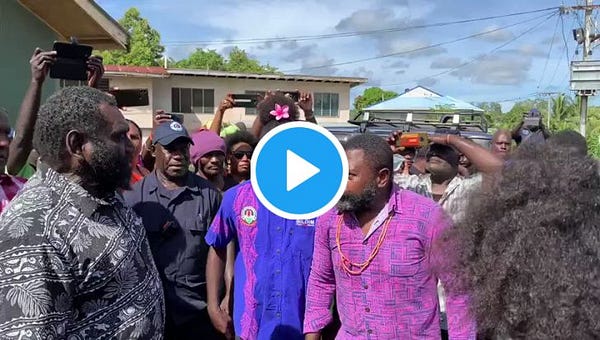While hundreds of luxury electric cars gathered in California, an island ravaged by mining moved closer to independence. (It was the same date, but separated by a day’s time across the planet.)
Bougainville is a long, thin island the size of Puerto Rico in Papua New Guinea, north of Australia. It used to be the site of the world’s largest copper and gold mine.
Copper is an essential ingredient not only in wiring but also in many lithium-ion batteries. Small flecks of gold make your phone’s microchips work.
In the 1980s, Rio Tinto, a UK and Australian company, owned the mine in Bougainville and wanted to expand. When locals refused and demanded a share of the revenue, the PNG military arrived in support of Rio Tinto. By 1988, both sides resorted to violence, and over the next decade, the civil war took the lives of up to 20,000 people. That was close to 1 in 10 of the islands’ residents.
Last year, the 250,000 people of Bougainville (and other surrounding islands) voted overwhelmingly in favor of independence. On Tuesday, citizens voted to elect former military commander Ishmael Toroama as the new president to lead them into independence negotiations with the PNG government.
“I think the vision and the dream is there,” Toroama told the ABC. “We have to fulfill the dreams and the vision of why we fought.”
In 2016, Rio Tinto divested and left the mine without cleaning up. Piles of waste continue to leach into rivers and groundwater. In March, the Human Rights Law Centre accused Rio Tinto of leaving thousands of people in an “increasingly dangerous situation.”
Economic development will be among the goals of Toroama’s government, and re-starting the island’s mining business is still on the table.
Today, the site of the world’s largest copper and gold mine is in Indonesia-controlled West Papua, where locals have long called for independence amid state-sanctioned violence.
Weekly InQuarry
I made you read a lot about Tesla last week. Did its Battery Day really tell us anything about mining?
There was more confusion and hot air than anything else.
But, yes, the event told us about mining in one direct way and a few roundabout ways.
Tesla is becoming a mining company. It has acquired lithium deposits in Nevada and developed a technique to extract the metal without impacting the rest of the ore. Apply table salt to the ore, pull out the lithium, return the rock to its home, and Tesla provides enough lithium to arm the entire US fleet. A rather humorous comment in an emailed press release from consultancy Wood Mackenzie:
It is very difficult to believe that all the world’s mineralogy and processing experts would not have realised it was so simple to extract lithium in this way.
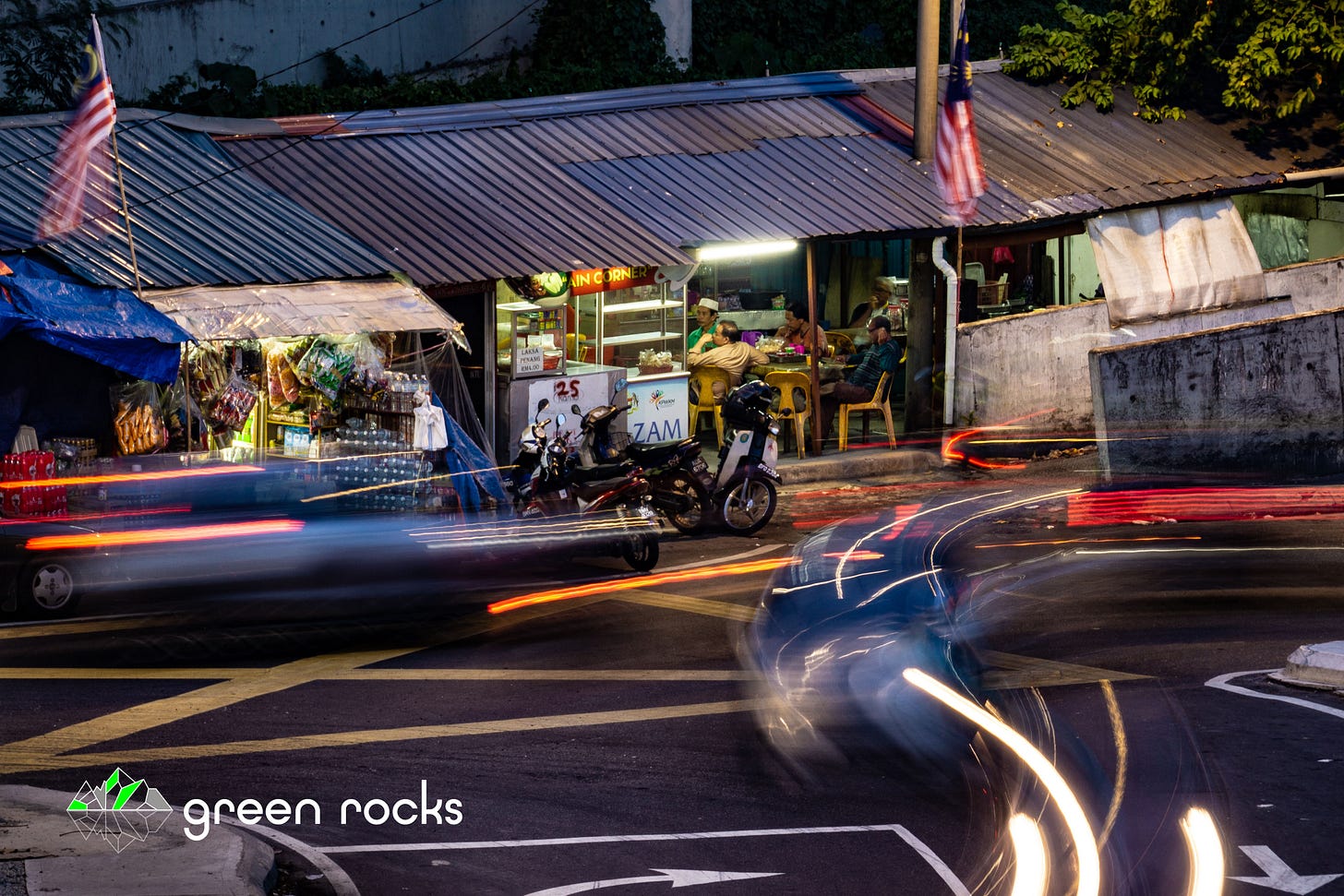
Tesla also reiterated that nickel is the future. “Maximize nickel, remove cobalt” was on one presentation slide. The company still uses a lot of cobalt and will likely continue to do so for the foreseeable future. There’s a possibility that Tesla has figured out a way to retrieve battery nickel directly from the metal, rather than nickel sulphate, which is typically used, but few details were given. That seems to imply Tesla would be moving further up the value chain in nickel, but again there was no elaboration.
The “exciting” news that Tesla teased was likely the theoretical process and design to reduce battery cost far below the $100/kWh mark. Again, this battery already exists, but Tesla seems to have designed their own process (as well as battery design) to reduce the costs of production. In Elon Musk’s experience, reducing manufacturing costs also includes threatening workers who want to unionize.
There was no mention of a million-mile battery, solid-state batteries, energy provider business or any acknowledgement of a world outside US borders, even though most materials come from those places. There was a lot of talk about tripling manufacturing speeds to meet nebulous demand. Regardless how fast the batteries are produced, they probably cannot be deployed by a 2030 deadline or a 2040 deadline or a 2050 deadline.
Meanwhile, Volkswagen more quietly announced its own path to a very cheap car, the electric bus world is powering forward, and bicycles are still cool.

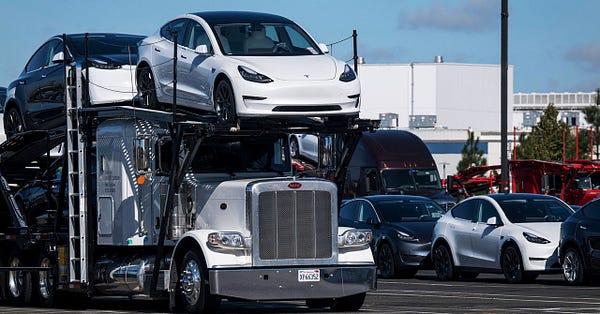
Eye on Industry
NASA is soliciting project proposals from private firms to mine resources from space. It plans to buy lunar soil from firms who return from the moon buy 2024. In an op-ed in The Hill: “The agreement will set a precedent that lunar resources are a commodity that can be mined and sold to a customer.”
Vale, whose dam ruptured last year at Brumadinho and killed more than 250 people in a local town, says it will boost mining output above previous milestones. The announcement came the same day that a UN expert reported that 42 restoration projects for a 2015 collapse of a dam owned by Vale and BHP were behind schedule. It also came two days after Reuters reported that a federal prosecutor says many more Vale dams are at risk of failure. After its dam broke in 2019, the company said it would sacrifice output for safety.
The Environmental Investigation Agency posed as investors interested in the proposed Pebble Mine in Alaska and recorded company executives on tape bragging about direct phone lines to Trump and the company’s successful unseating of several lawmakers opposed to the mine. The mine was never meant to last only 20 years, said the execs, who had easy access to the governor and two senators. One of the men recorded, the CEO of the Pebble subsidiary, resigned yesterday.

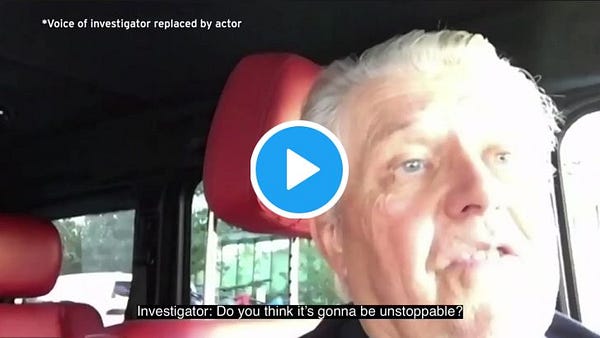
An Australian parliament inquiry learned that Rio Tinto is expected to destroy 124 more indigenous sites (of 327) after it had already ignited fury over its destruction of Juukan Gorge. Parliament has also learned the BHP sought to destroy sites even after consulting their traditional owners.
Ecuador’s constitutional court ruled that the ability to hold a local referendum and kick out unwanted miners only applies to mining rights not yet granted. That means Canadian INV Metals will proceed with its mine unobstructed, and locals will need to preempt the issuance of rights to reject the mine.
The Responsible Mining Foundation has called corporate reporting of sustainability goals “superficial.” In an index released last week, the group assessed 180 mine sites for a number of factors, including community grievances and waste management. The foundation spotlighted three issues that had received solely “cosmetic” treatment from companies: health, water, and gender equality.

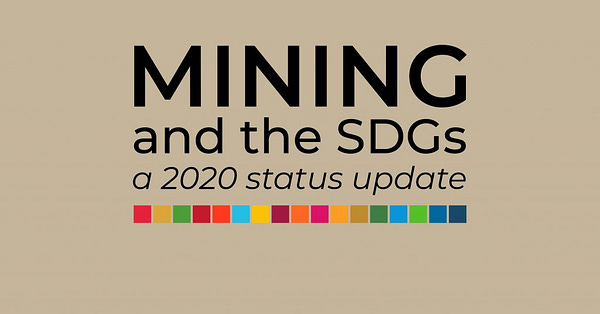
Reads
RT ≠ endorsement
The Age of Electric Cars Is Dawning Ahead of Schedule (New York Times)
Mining Rare-Earth Elements from Fossilized Fish (Scientific American)
Russian Indigenous communities are begging Tesla not to get its nickel from this major polluter (Grist)
Hi! I’m Ian Morse, and this is Green Rocks, a newsletter that doesn’t want dirty mining to ruin clean energy.
These topics are relevant to anyone who consumes energy. If you know someone like that, share freely! Subscribe with just your email, and weekly reports with news round-ups and original reporting will come directly to your inbox. It’s free! (for now)






